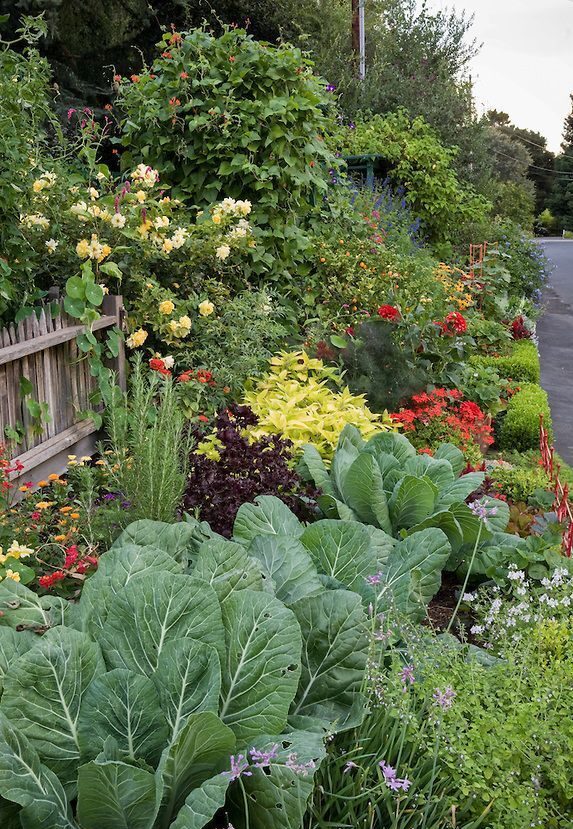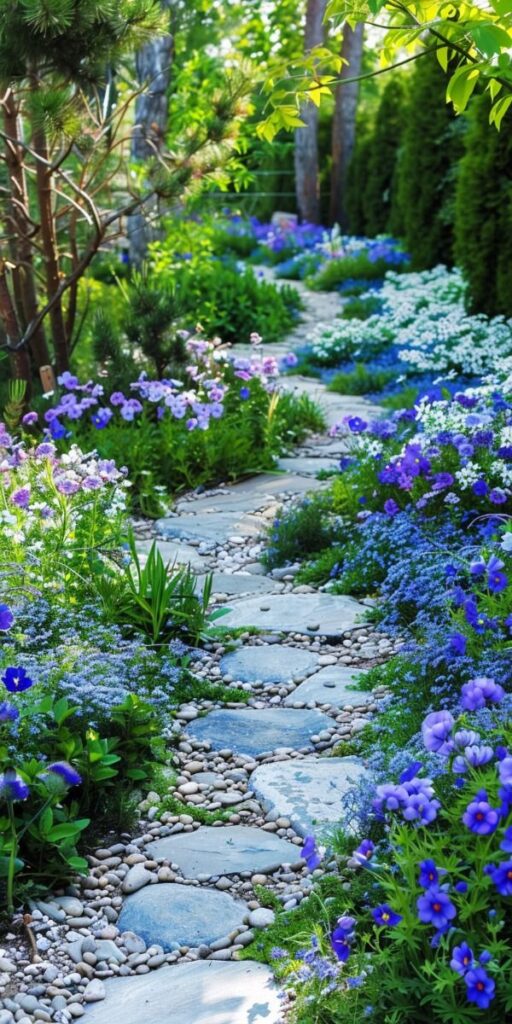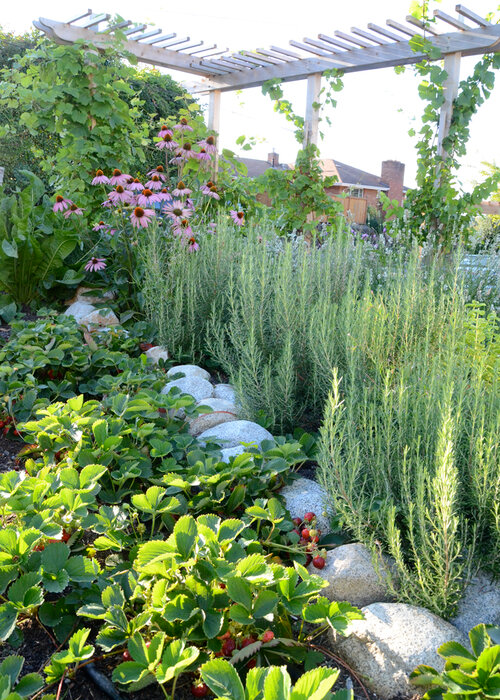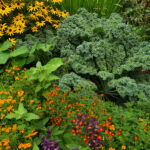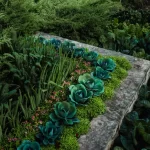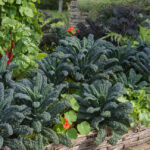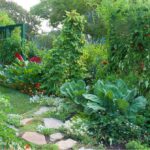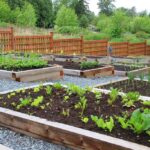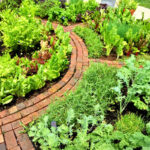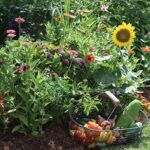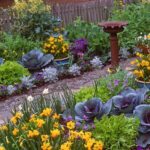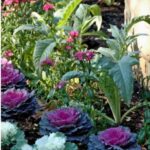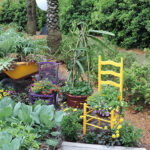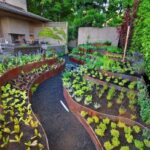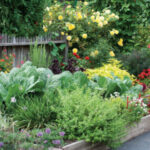Edible landscaping is a growing trend that combines the aesthetics of traditional landscaping with the practicality of growing food. Rather than planting ornamental flowers or shrubs, edible landscaping incorporates a variety of fruits, vegetables, herbs, and edible plants into the landscape design. This not only adds beauty and interest to outdoor spaces but also provides a source of fresh, homegrown produce.
One of the key benefits of edible landscaping is its ability to provide a sustainable and environmentally-friendly way to grow food. By incorporating edible plants into the landscape, homeowners can reduce their reliance on store-bought produce that is often shipped long distances and grown using chemicals and pesticides. This can help to reduce the carbon footprint associated with food production and consumption while also promoting healthier, more nutritious eating habits.
In addition to the environmental benefits, edible landscaping can also save homeowners money on their grocery bills. By growing their own fruits, vegetables, and herbs at home, individuals can enjoy a bountiful harvest of fresh, organic produce without the high cost of store-bought items. This can help to offset the initial investment in landscaping materials and plants, making edible landscaping a cost-effective option for those looking to save money while enjoying the benefits of homegrown food.
Another advantage of edible landscaping is the opportunity it provides for homeowners to connect with nature and learn new skills. Tending to an edible garden can be a rewarding and educational experience, allowing individuals to get back to basics and reconnect with the natural world. From planting and watering to harvesting and cooking, edible landscaping offers a hands-on approach to gardening that can be both enjoyable and fulfilling.
Furthermore, edible landscaping can also help to promote biodiversity and create a healthy ecosystem in the garden. By incorporating a variety of different plants, fruits, and vegetables, homeowners can attract pollinators such as bees and butterflies, increase soil fertility, and promote natural pest control. This can help to create a balanced and sustainable garden environment that is resilient to pests and diseases, reducing the need for harmful chemicals and pesticides.
Overall, edible landscaping offers a unique and creative way to cultivate a beautiful and productive outdoor space. By combining the principles of traditional landscaping with the practicality of growing food, homeowners can enjoy the benefits of fresh, homegrown produce while also enhancing the beauty and functionality of their outdoor living areas. Whether you have a large backyard or a small balcony, there are endless possibilities for incorporating edible plants into your landscape design and creating a sustainable and eco-friendly garden that you can enjoy for years to come.
